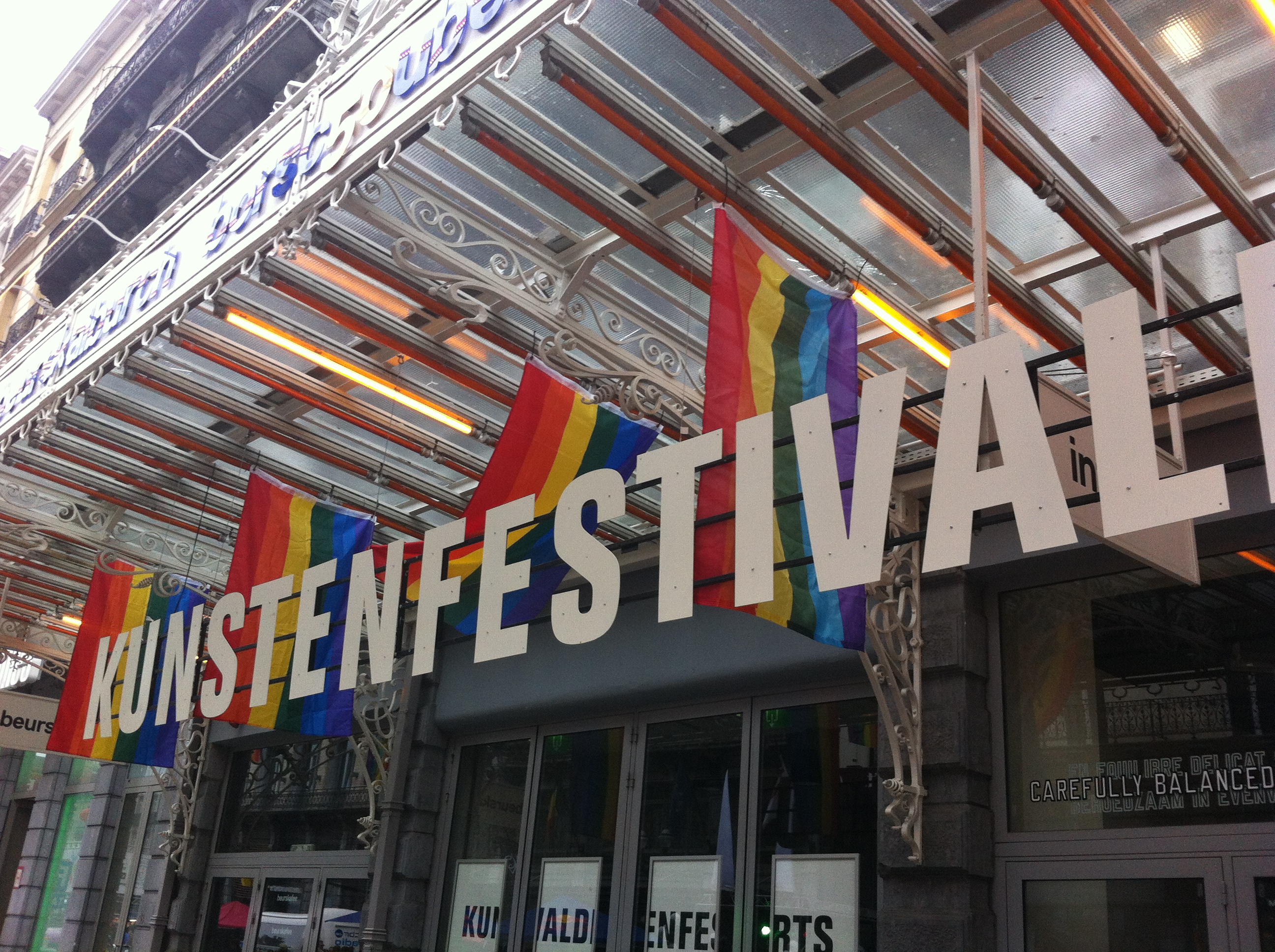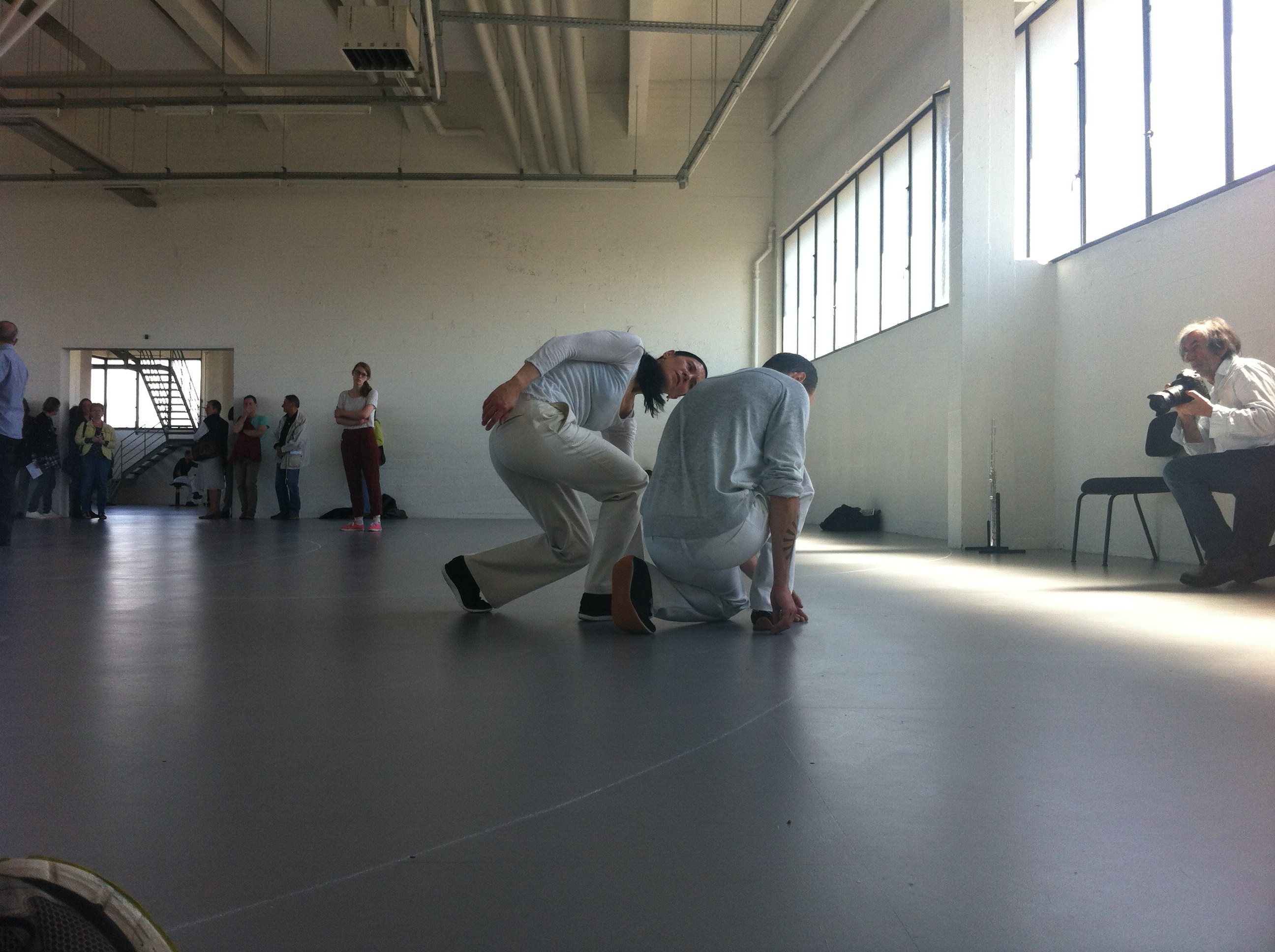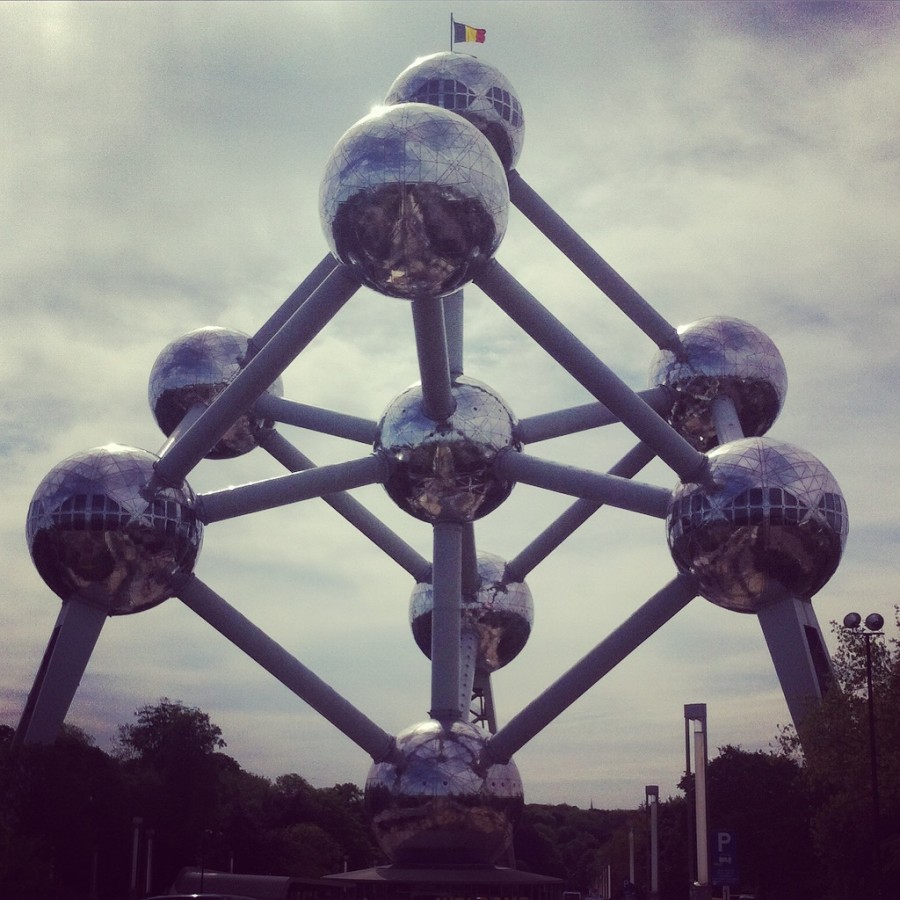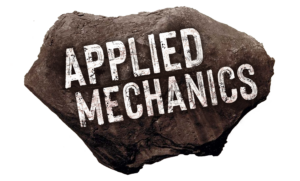By Thomas Choinacky
“We will share the same experience together, we will see the same performance, and afterwards we will find that none of us agrees about the meaning of the performance.” -Jerome Bel
Last month I visited Brussels and got to experience their remarkable arts scene. I saw a number of works within Kunstenfestivaldesarts. This is a large performance festival producing a range of international and local artists/ performance superstars: Anne Teresa de Keersmaeker/ Rosas, Mårten Spångberg, the Wooster Group, etc. Putting myself in a familiar space (a performance festival much like FringeArts), but in a foreign place, gave me the breathing room to notice the atmosphere of audience.

As a working artist, before or after any local performance I attend, I get caught up in the event of “being seen.” In waiting for a performance to start or for the house to open, I see fellow artists, I engage in small talk, I hope that I won’t run into this or that person, etc. I often try to show up late so I don’t have to talk to people. Even if I make it just on time to settle into my seat, I still struggle to experience the unpolluted environment of performance. Somehow the show always manages to start 10-20 minutes late, and the beginning gets derailed by curtain speeches, marketing, and promotional language/images. We are sacrificing an element of performance by inundating the audience with auxiliary materials.
I believe the expression of the work is not separable from the way the audience gets there, participates, and leaves. As viewers of performance, each part of our journey shapes the performance we see. If I arrive to a show tired after a difficult day at work, the performance has to be a little “better” to sway my mood. We as artists and producers must feed the audience’s undetermined mood and expectation upon arrival.

With my frustrations, I still believe in the work. I am willing to wade through the excess, and this brought me to Brussels. The opportunity to see a diverse range of international work and artists in Kunstenfestivaldesarts is an exciting vacation. I had thought all the auxiliary materials and the excessive promotion outside the performance itself were universal. But at Kunstenfestivaldesarts, I unexpectedly gained access to a purer audience experience. There I was surrounded by strangers— there was no small talk, no expectations. The festival marketing and posters were visually minimal—all white without any excess or advertisements. The programs were similarly minimal, free of promotion and filtered down to informative interviews and information about the art. I read these from cover to cover. My usual complaining of waiting for a show that starts 10-20 minutes late dissipated (I guess they start late everywhere). Now I excitedly and anxiously waited for each performance to begin.
Kunstenfestivaldesarts brought a new or perhaps long lost atmosphere to my engagement. I rediscovered that performance can include:
1) The dynamic, exhilarating environment where you crowd in front of a venue as if at a concert. Like when I stood outside La Monnaie/ De Munt, Brussels’ glorious opera house, waiting to get into Marrakech-based choreographer Bouchra Ouizguen’s stunning work.
2) Putting your name on a waiting list and (when you still get in) feeling like a VIP. Like when I got squeezed into Leandro Nerefuh’s feminist lecture.
3) Belonging can be discovered in waiting— as you sit in a chair, or lay on a blanket anticipating the start of a performance. Like when I attended Spångberg’s 4 & ½ hour performance of La Substance, but in English.
I saw 8 works in 7 days. My view of performance was refreshed. I experienced the most epic music score I have ever heard in Marlene Monterio Freitas’s De Marfim e Carne- As Estátuas Tambiém Sorem. It was layered with a heavy, grotesque dance. I also saw several works by Anne Teresa de Keersmaeker. Her current artistic forays are presented in a gallery setting, not a traditional theatrical space. There were ups and downs, but the festival sold each of the artists and their work without monopolizing any of it. Can this happen in a city and performance scene I know so well? Is there a way to “invisibilize” the event of being seen? I want to find a way to discover this unsullied form in more events. Where the inundation is in the art and performance. When our attention can focus on the work and the audience can just wait, anticipate, grow anxious.

As an audience it is ultimately our own journey and our own opinions that overrule the event. And with all the outside forces and the small talk, we as makers and producers must help facilitate this for an audience. We have the ability to reject the current local terms included within performance and event. Spångberg’s work at the festival speaks to these global conventions. His work was a visually stunning, durational performance that inundates us with advertising and showcases the capitalist world built around us, for us. We have accepted not just our art, but also our bodies, conversations, and often activism within the structures of being seen. However, at Kunstenfestivaldesarts it became extremely clear that something else is possible. A new way to engage audience must and can be created.
